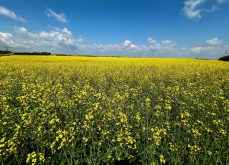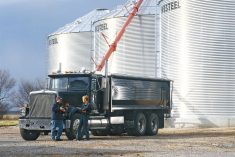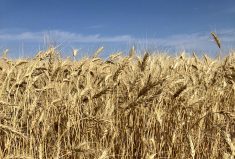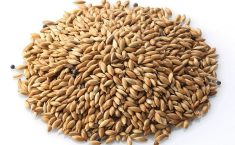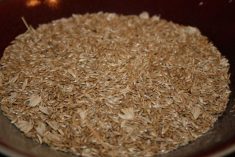CNS Canada — Canaryseed regrowth in west-central Saskatchewan is posing a problem to farmers, and could stall harvest into the winter, according to one expert.
The region — particularly near Kindersley — is the largest producer of canaryseed, but also experienced a lot of dryness throughout May and June.
That means many crops didn’t germinate until July, posing problems for producers now, said Kevin Hursh, executive director of the Canaryseed Development Commission of Saskatchewan.
“Some of the stands were thin, and then the existing crop put out some extra shoots and extra heads,” he said.
Read Also

U.S. grains: Soy futures set 15-month high after China agrees to purchases
U.S. soybean futures reached a 15-month high on Thursday after President Donald Trump’s administration said top-importer China agreed to buy tens of millions of tons of American crops in the next few years as part of a trade truce.
“I’ve got stuff that’s been ripe for a month and I’ve got stuff that’s still flowering.”
Over the past few weeks, Hursh said, his crop has turned greener rather than riper.
His solution is to start swathing, and “see what happens after that.”
Between rain and the growth issues in the region, canaryseed harvest has been coming along slowly, he said.
“It’s highly weather-dependent, especially as you get later into the season. I think there could be a lot of canaryseed out very late, and in danger of being over winter.”
So far, though, this year’s canaryseed harvest is progressing better than last year’s.
The Saskatchewan ag ministry’s latest crop report (Sept. 8-14) pegs the province’s combined canaryseed progress at 19 per cent, compared to only four per cent the year prior.
As for how his crop will turn out, Hursh said at this point he’s uncertain.
“It depends on if I can get it swathed, and how quickly those swaths might dry down.”
Canaryseed bids are as high as 29 cents per pound, according to Prairie Ag Hotwire.
This year’s production is expected to hit 133,800 tonnes, according to Statistics Canada, compared with 124,900 in 2014.
— Jade Markus writes for Commodity News Service Canada, a Winnipeg company specializing in grain and commodity market reporting. Follow her at @jade_markus on Twitter.



